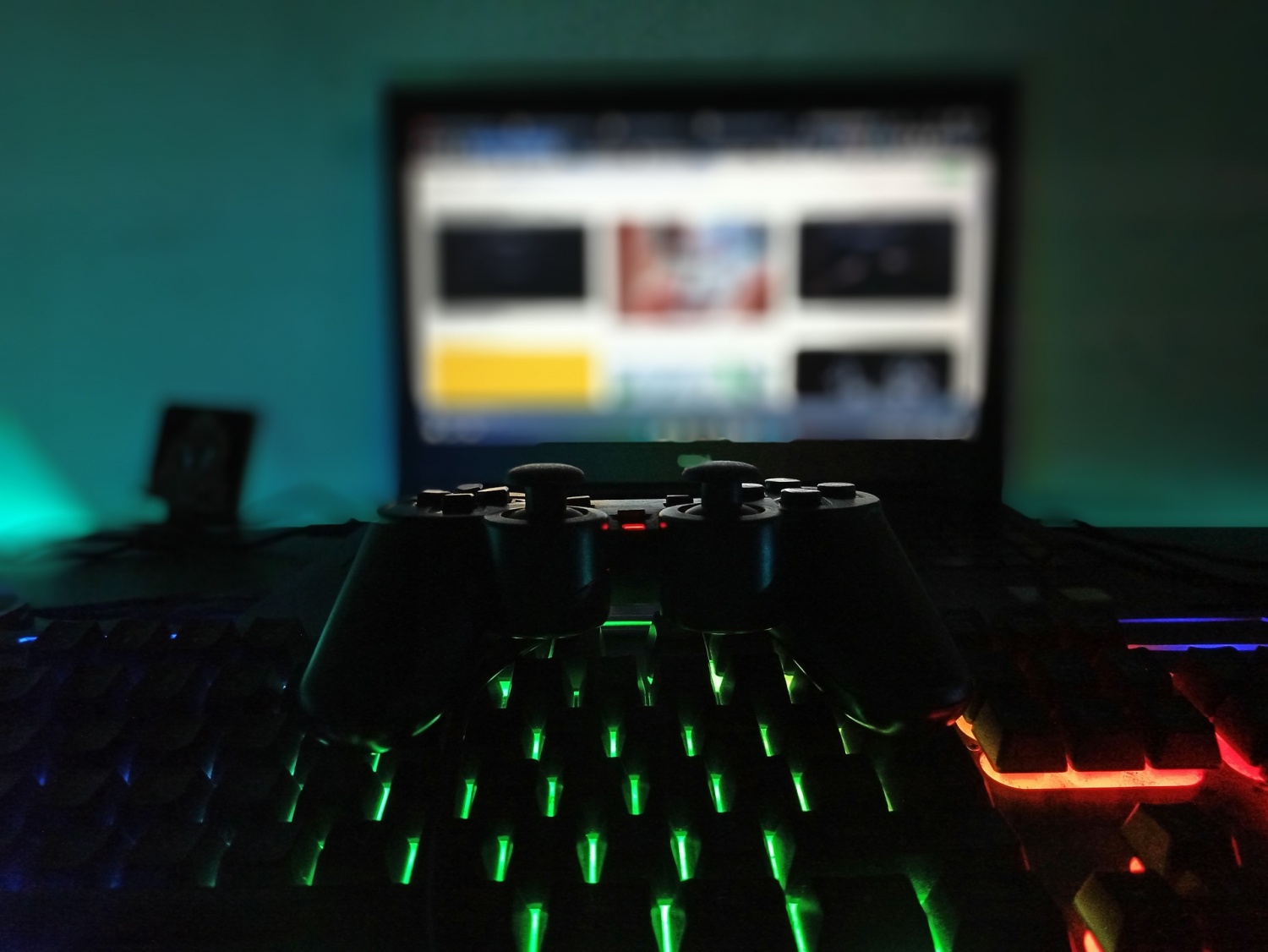
Razer announced new versions of its Blade 15 gaming laptop. The Blade 15 is complete with some of the biggest changes to the Razer laptop lineup in the past few years.
Razer's Blade 15 Gaming Laptop
Just like numerous laptops in the market today, the new Razer Blade 15 Advanced features Intel's 11th Gen H-series processors and Nvidia's RTX 30-series graphics chips, with up to a Core i9 11900H with 2.5GHz base clock, 4.9GHz boost clock, an RTX 3080 GPU with 16GB of video memory, and a 4K touchscreen.
The most significant improvement might be the laptop's new fingerprint-resistant coating making its way to all of Razer's new models.
The feature may not remove fingerprints altogether, but this new coating should address one of the biggest annoyances with the previous laptop models, according to The Verge.
The Windows Hello webcam is getting bumped up to 1080p resolution from 720p resolution, and Razer claims the trackpads have improved palm rejection.
Also Read: Razer Releases Thunderbolt 4 Dock Chroma with Bonus Laptop Stand Chroma V2
For the new design, Razer managed to shave off a bit more than a millimeter from the thickness of the Blade 15 Advanced, coming in at 15.8mm thick.
Razer claims that it is the smallest 15-inch gaming laptop with RTX graphics and is 17% smaller by dimensions compared to the MSI GS66 Stealth, as per Engadget.
Are Thin Gaming Laptops Worth It?
The size reduction applies only to the starting model that has the RTX 3060. Thinner laptops may sound appealing, but it is not better for gaming performance, XDA Developers noted.
Nvidia allows OEMs like Razer to choose the wattage and clock speed of the GPU based on their laptop designs, and the thinner the laptop is, the worse it can be running games compared to thicker laptops that usually allow for bigger cooling systems.
The higher-speed options are thicker than Blade 15, which measures 15.8mm. But that is roughly the same thickness as the previous generation.
The width and depth of these laptops recently debuting are also unchanged from the previous gen at 355 and 235mm or 13.98 and 9.25 inches, respectively.
The latest and the thinnest Blade 15 Advanced starts at $2,299, and this model has a 240Hz QHD IPS panel with 2.5ms response time and 100% coverage of the DCI-P3 gamut. It has a octa-core Intel Core i7-11800H processor, the RTX 3060 GPU with 8GB of video memory, and 16GB of DDR4 RAM clocked at 3,200MHz.
A 1TB NVMe SSD that supports PCIe 4.0 for faster read, write, and transfer speeds, and a 80Wh battery come standard across all Advanced models.
The selection of ports across the Advanced lineup is the same but not exactly similar as the models that were released earlier this year.
The most notable exceptions are the two new Thunderbolt 4 ports.
Also, users will find a UHS-III SD card reader, two USB-A 3.2 Gen 2 ports, a headphone jack, and an HDMI 2.1 port. Aside from that, all new Blade 15 models support Wi-Fi 6E, Bluetooth 5.2, 20V charging through USB-C.
All of the Razer Advanced models also support upgradeable storage and RAM. The starting model has only one M.2 slot because of its thin design, but all the other new models have an additional M.2 slot for a total of up to 4TB of storage supported.
Related Article: Gadget Battle: ASUS ROG Zephyrus S GX502 vs Razer Blade 15 Advanced Model-Best Gaming Laptops 2021
This article is owned by Tech Times
Written by Sophie Webster









